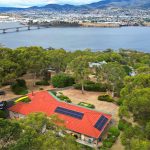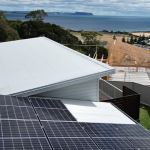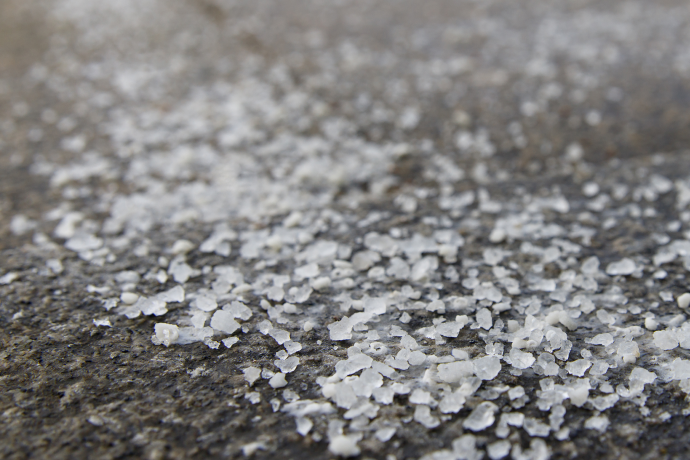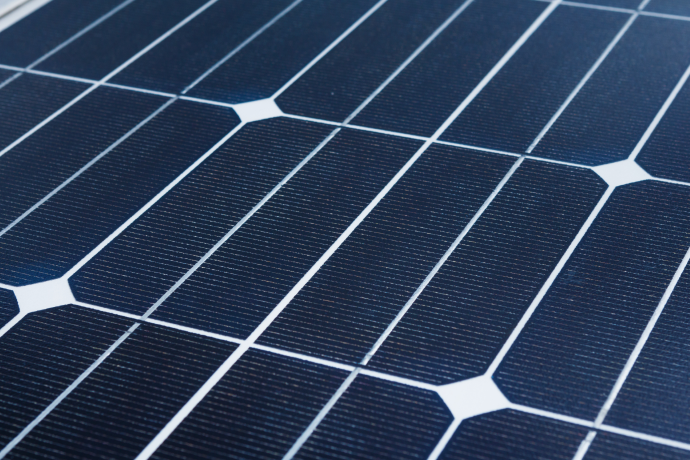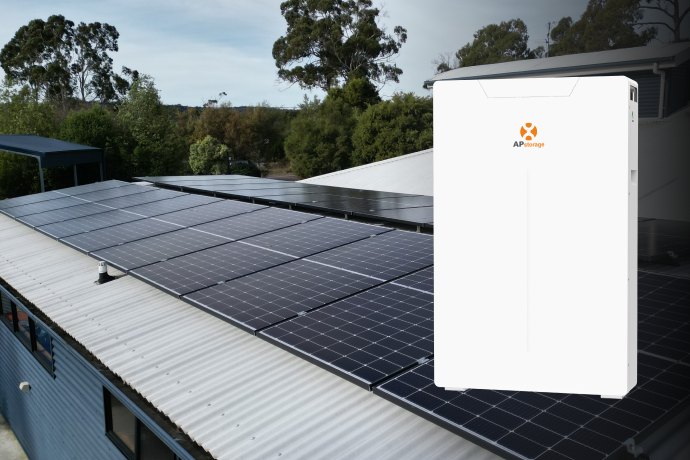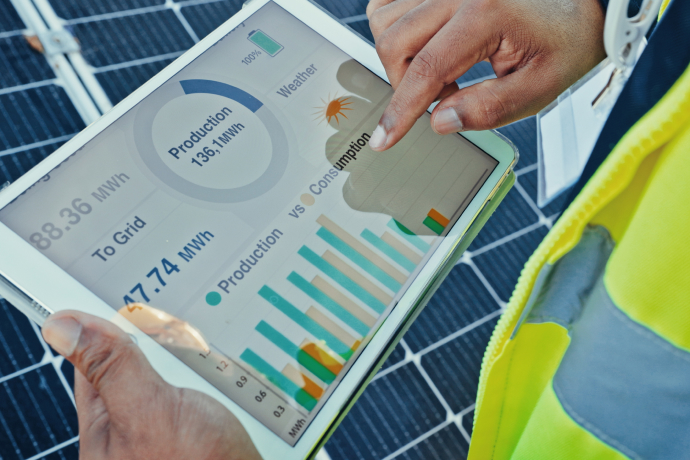Solar panel efficiency is determined by the percentage of sunlight converted to electricity. It is important to understand solar panel efficiency to help maximise your solar energy production, save money on energy bills and help the environment. Most residential solar panels are between 17% and 24% efficient, which is affected by several key factors like solar panel type, system age and environment. In this article we will explain what solar panel efficiency is, what contributes to solar panel efficiency and how to determine how efficient solar panels are.
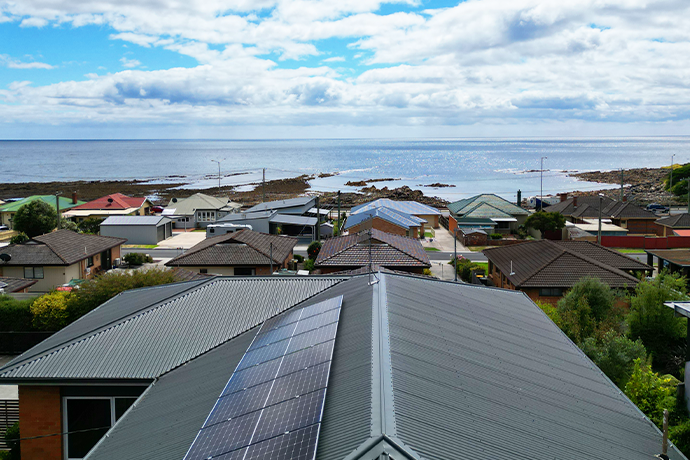
What is Solar Panel Efficiency?
Solar panel efficiency is the measurement of how much sunlight a solar panel converts into electricity. It quantifies the effectiveness of a solar panel to capture sunlight and transform it into power. Solar panels work because they are made up of photovoltaic (PV) cells that convert sunlight into electricity. The cells are assembled in a framework to create a solar panel and the efficiency of each panel is measured by the amount of solar energy converted to electricity.
Cell Efficiency vs Module Efficiency vs Inverter Efficiency
Solar efficiency is not only determined by panel’s rated efficiency, but reliant on other factors like cell efficiency, module efficiency and inverter efficiency. Each influences a solar panel’s performance and overall efficiency. Solar cell efficiency refers to the performance of the individual cells. Module efficiency is the overall performance of the solar panel, and inverter efficiency is the ability for the system to convert DC electricity into AC electricity to be used in the home.
- Cell Efficiency: Cell efficiency is the ability for the individual PV cells to convert sunlight to electricity. It is the measurement of how well a single cell captures the photons from the sun and converts them into electricity. Cell efficiency is an important factor in the overall efficiency of the solar system and its ability to convert sunlight into DC electricity for use in the home. Solar cell efficiency is affected by the materials used in its construction, the quality of the manufacturing process, and the design of the cell itself. Monocrystalline cells are made from high quality materials in the form of a single continuous crystal structure which gives it a higher efficiency than other solar cells. Solar cell efficiency can be as high as 42% in some cases. This is because cell efficiency is measured in controlled laboratory environments under ideal conditions.
- Module Efficiency: The efficiency of the solar panel with its many interconnected cells is referred to as module efficiency. Module efficiency is the combined measurement of all of the individual cells across the entire solar panel and how well it converts sunlight into electricity. Module efficiency is usually lower than cell efficiency because it is affected by real world conditions like variations in sunlight, temperature, shading, the type of panel, and even clouds. The average solar module efficiency is between 17% and 24%.
- Inverter Efficiency: The inverter efficiency is the ability of the inverter to convert DC power into AC power. Inverters are essential for a solar system to work as they convert the energy into electricity that can be used within the home. Inverters have efficiency ratings between 96.5% and 98%. The higher the efficiency, the more the inverter can convert the DC electricity from solar panels into AC electricity used within a home. The efficiency of an inverter directly impacts how much power is lost during the DC to AC conversion process.
How Efficient Are Solar Panels?
Most solar panels average between 17% and 24% efficiency, and technology is consistently improving. The higher efficient solar panels can help generate the most electricity with less roof space. Monocrystalline panels provide 4% more energy than the same sized polycrystalline panel.
How is Solar Panel Efficiency Calculated?
Solar panel efficiency is calculated by dividing the power output of the panel over its surface area. To calculate solar panel efficiency, follow these steps:
- Determine power output. This is the rated power of the panel in watts and will usually be displayed on the inverter’s display panel, on the solar panel label or in the manufactures installation manual.
- Measure the solar panel surface area in square metres. To do this measure length and width in metres and multiply them together.
- Determine solar panel input. Input is the sunlight that a solar panel absorbs to generate electricity and is typically 1000 watts per square metre.
- Divide the panel’s power output by surface area and then multiply by 100 to get the percentage that represents efficiency.
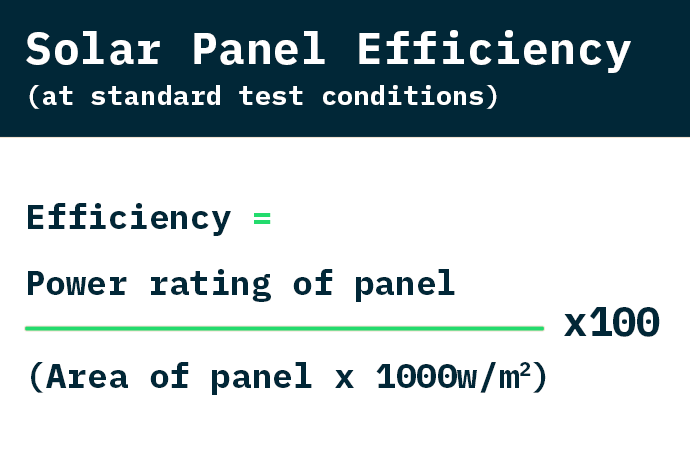
Factors That Affect Solar Panel Efficiency
Solar panel efficiency, the amount of energy a solar panel converts from sunlight, is dependent on a large number of factors. Each of these impacts how efficient solar panels will be.
- The amount of sunlight: As solar panels rely on sunlight to produce electricity, the amount of sunlight a solar panel receives directly impacts efficiency. Cloud cover and shade limits the amount of sunlight which can impact solar panel efficiency.
- Solar panel type: The type of solar panel you choose does affect the efficiency. High efficient solar panels like monocrystalline are about 20 to 22% efficient, polycrystallines are about 14 to 17% efficient, while thin film panels have an efficiency of about 7 to 13%.
- Orientation and tilt: The way solar panels are oriented and tilted affects efficiency as solar panels need to be tilted towards the highest exposure to the sun. In the southern hemisphere, solar panels will be more efficient if they are facing true north. The best tilt for a solar panel is about 15 degrees more than the latitude of the area in winter and 15 degrees less than latitude in summer.
- Temperature: While solar panels need sunshine to produce electricity, the temperature can impact their efficiency. High temperatures above 25°C decrease energy efficiency by about 0.3% to 0.5% for every degree above this temperature.
- Shading: As solar panels rely on sunlight, any shading can impact their ability to produce electricity. This could be from nearby buildings, trees, terrain features or even clouds. Any shading will mean panels receive less sunlight and are not as efficient.
- Dirt and debris: Any obstructions like dirt and debris settling on the solar panels will reduce the ability for sunlight to make contact with the panel and result in less efficiency.
- Inverter quality: The quality of the inverter impacts the efficiency of the solar system. When an inverter is of lesser quality it will have low efficiency and will increase energy loss during the DC to AC conversion process.
- Solar panel system size: The size of the solar system impacts its efficiency. If you install a solar system that is too small for your consumption needs, it will not be as effective in providing the right amount of electricity for your purposes.
- Solar panel system age: The age of the solar system impacts the energy efficiency over time. This is called degradation and is a result of exposure to the elements and weather conditions. On average, solar systems should last about 30 years and have a degradation rate of about 0.5% per year. Today’s panels in 20 years time will operate at almost 90% but systems installed 20 years ago had a higher degradation rate.
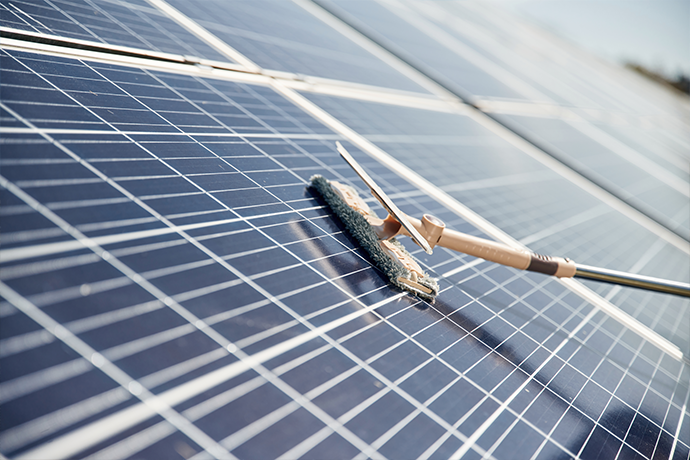
How To Tell if Solar Panels Are Working Efficiently
To gauge if solar panels are working efficiently, there are a number of things you can do.
- Check electricity bill: Check your electricity bill before and after you installed solar panels. This will tell you how much electricity your panels are generating and how much power you are still buying from the grid. Your electricity bill will also help you monitor for changes in panel efficiency, as your power consumption from the grid will increase as a result of efficiency changes.
- Check for dirt or debris on panels: Do a physical inspection for dirt and debris that could be impeding panel performance.
- Check for shading: Make sure trees have not grown so that they are now shading the panels. If neighbours have added a second storey or a new structure is built check that it is not affecting the amount of sunlight the solar panels can receive.
- Check to see if there is a red or green light on the inverter: This could indicate an issue with the unit. The display panel on the inverter shows power output and alerts to any errors or malfunctions. The app can also be checked for issues and performance.
How To Improve Solar Panel Efficiency
Maximising solar panel efficiency is the best way to get the most out of your solar investment. To improve solar panel efficiency and ensure panels are creating the most amount of electricity for the home, follow these tips.
- Clean solar panels: Solar panels can be prone to gathering dirt, dust and debris so cleaning them every six months to once a year is recommended. To clean solar panels, brush away anything you can reach with a soft bristled broom. Gently hose anything you cannot reach.
- Regular servicing and maintenance: Work with a professional to ensure panels are regularly serviced and maintained every 1 to 2 years. Your solar expert can inspect for any issues that may affect the solar panel performance.
- Optimise battery storage: Solar batteries can make a big difference to the efficiency of a solar system as you can use more of the solar energy you generate. With the backup of battery storage, systems are more efficient and save more money. Any excess energy can be used during the night and on cloudy days rather than being sent back to the grid.
Solar panels are typically 17% and 24% efficient, which not only results in large savings on energy bills, there is a tangible benefit to the environment. When investing in a solar system it is important to understand solar panel efficiency, and how you can maximise their output. Our article guides you through solar panel efficiency, how to calculate efficiency, and factors that impact the efficiency of a solar system. For further details contact the team at Tasmanian Safer Solar.

